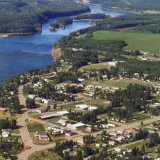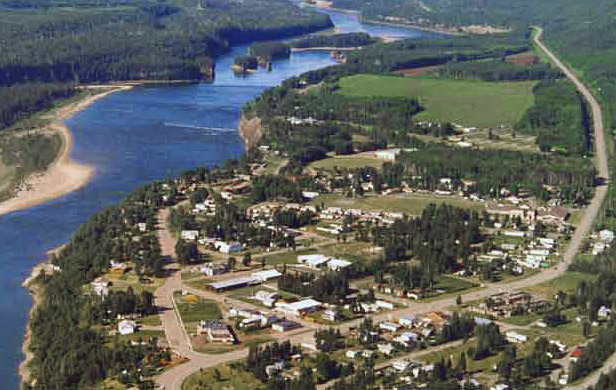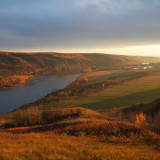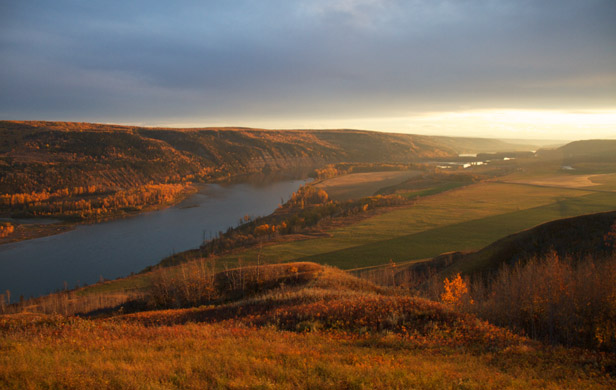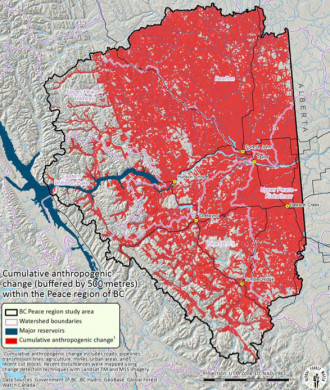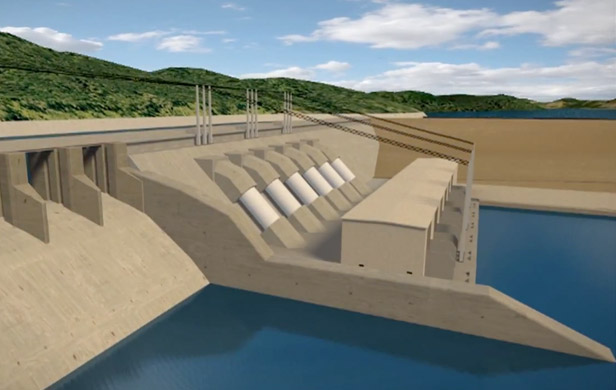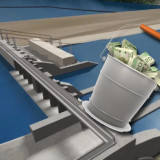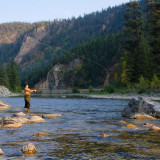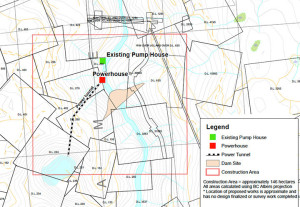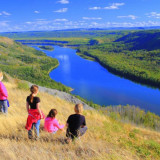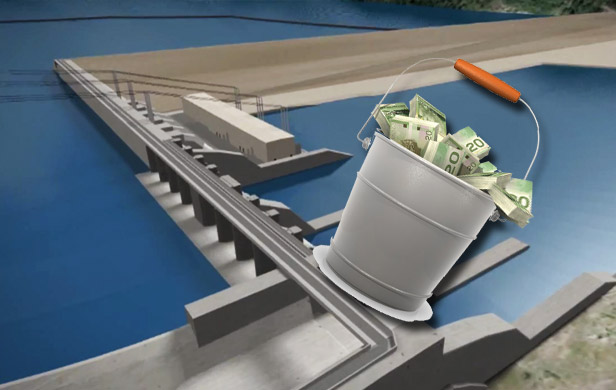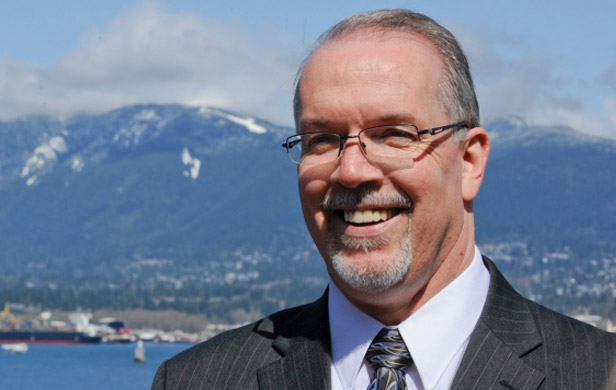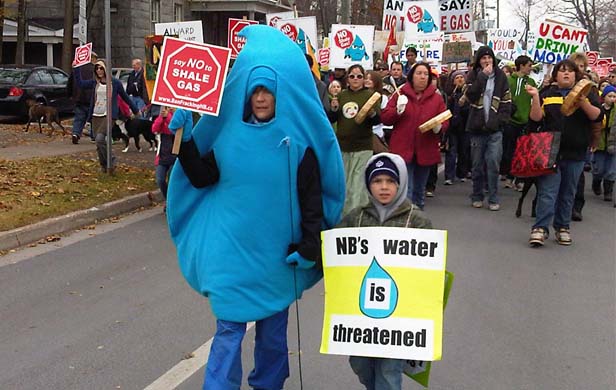
The following is a transcript of Rob Botterell’s recent speech to the BC Select Committee on Finance and Government Services. Mr. Botterell is a lawyer, former senior government official and former comptroller of TD Bank’s BC division.
I’m here today to talk about the pending Site C decision and the budget and fiscal implications. This project will be the biggest public infrastructure project in the next 20 years if it proceeds. It’s estimated, currently, to cost $8 billion, which would increase the provincial debt by over 10 percent. We don’t have accurate information on costs, so it could well be more than that.
Time is short. By my calculation, I will be reviewing $800 million of government spending every minute, so I would ask you to please review the materials that are in your kit, all of which is in the public domain. Further to the previous presenter, I would encourage you, in particular, to have a look at the report on energy alternatives in the right- hand side of the folder, which covers many of the items that were discussed just now.
I’m not going to deal with First Nations issues, but I do want to say that those who suggest that the courts will somehow pay less attention or do less to protect treaty rights, such as those of West Moberly, as compared to proven aboriginal title of Tsilhqot’in, are mistaken.
BC’s credit rating in jeopardy
While it’s true that B.C. has a triple-A rating, it’s also true that there are some storm clouds on the horizon. In May Moody’s gave B.C. a negative outlook due to the accumulation of provincial debt.
It’s my submission that it’s hard to understand how, if we can avoid part or all of it, adding $8 billion to the provincial debt helps to reverse that negative outlook. I think that’s a critical consideration in terms of the work. I’m sure you’re hearing many presentations on how taxpayer-supported debt could be used to provide much-needed infrastructure. I really encourage you to think about that as I make my presentation.
Need for dam not established: Review Panel
What would happen if you were going to the bank to borrow $8 billion for Site C? The question came up: “Well, is Site C needed?” The answer you would have to give is that the joint federal-provincial review panel concluded that the need for Site C has not been established. If the next question was, “How much is this going to cost?” you would have to say that the joint review panel concluded that they didn’t have the information, time or resources to determine whether the $7.9 billion cost is accurate.
If you were asked, “How much would B.C. Hydro likely forecast Site C losing in the first four years of operation?” you’d have to say that the joint review panel forecasts that it’s going to lose $800 million. And then the bank officer might say: “Well, what other alternatives were looked at?” You’d have to say that the joint review panel was either prohibited from considering — or did not have the information to sufficiently explore geothermal, wind, run-of-river hydro and other renewables, excepting power under the Columbia River treaty or burning natural gas to provide power.
Burning gas OK for LNG, but not for BC’s power needs?
Oh, you might say: “That’s interesting. What did the joint review panel have to say about natural gas?” Well, this is what the panel said: “Finally, if it is acceptable to burn natural gas to provide power to compress, cool and transport B.C. natural gas for Asian markets, where its fate is combustion anyway, why not save transport and environmental costs and take care of domestic needs?”
Then you might be asked: “Well, how much could the government save in taxpayer-supported debt by using natural gas?” Some $6.5 billion is the likely savings. How much a year? One expert — and the information is in your kit — says that currently you could save $350 million a year in operating costs to produce the same amount of electricity.
[signoff3]
What about greenhouse gas emissions? If you’re saving $6.5 billion in capital and $350 million a year in operating, you’ve got room to buy carbon credits. So what should we do? What did the joint review panel recommend? “Well, it should go to the B.C. Utilities Commission.” What’s been the response of the Minister of Energy and the Premier? “Well, the B.C. Utilities Commission doesn’t have the capacity to look at it, and we’re going have KPMG do a little bit more research.”
Utilities Commission barred from reviewing Site C
My submission to you is that doing some KPMG research now — that hasn’t seen the light of day, that won’t see the light of day if it ever sees the light of day until after a decision on Site C is made — is no substitute for B.C. Utilities Commission open and transparent and accountable review. Those are key — key — commitments of this government and previous governments.
I’d submit that if the government decides to disregard the adamant opposition of First Nations, it’s fiscally irresponsible — particularly for an $8 billion project — to proceed without first referring this to the B.C. Utilities Commission so they can do the homework that the joint review panel said still needs to be done. If KPMG has done some internal work, that can go to the Utilities Commission and save the Utilities Commission some effort.
What’s the big rush?
We have the time. The joint review panel said that we don’t need power till 2028. And they did take into account LNG, contrary to Minister Bennett’s submission.
So here we are. We’ve got a huge opportunity here to get this right. What I would like to urge every one of you to do is to think carefully about what your constituents and the people that you’ve heard from during these hearings would like you to do. What they’d like you to do is to make sure that the cost is accurate, so that we know what’s going on and we’re doing this in the least costly way possible.
In the consultation document there’s a key phrase here, in terms of taxpayer-supported infrastructure: “It is important to build needed infrastructure, but we need to limit our borrowing and keep debt affordable.”
From my perspective and in my submission, the right thing for this committee to do is to recommend that this matter be referred to the B.C. Utilities Commission and, if capacity of the B.C. Utilities Commission is at issue — after all, they reviewed Site C before, so they know what they’re doing; they’re set up to do this — that you recommend that the funding be set aside in next year’s budget to provide for a full, expert and independent review by the B.C. Utilities Commission.
This isn’t $800,000. This isn’t a mortgage for my house. This isn’t a mortgage. This is $8 billion at a minimum. What if it turns out to be $15 billion? I wouldn’t want to be in your shoes if that review hasn’t been done.
What’s the harm in doing the homework? Maybe the Utilities Commission will come back and say: “You know what? Site C is the best.” But everything in your folder and everything we’ve seen over the last few months suggests that we need to have a thorough look at this before making a final decision and that it shouldn’t be something rushed into.





